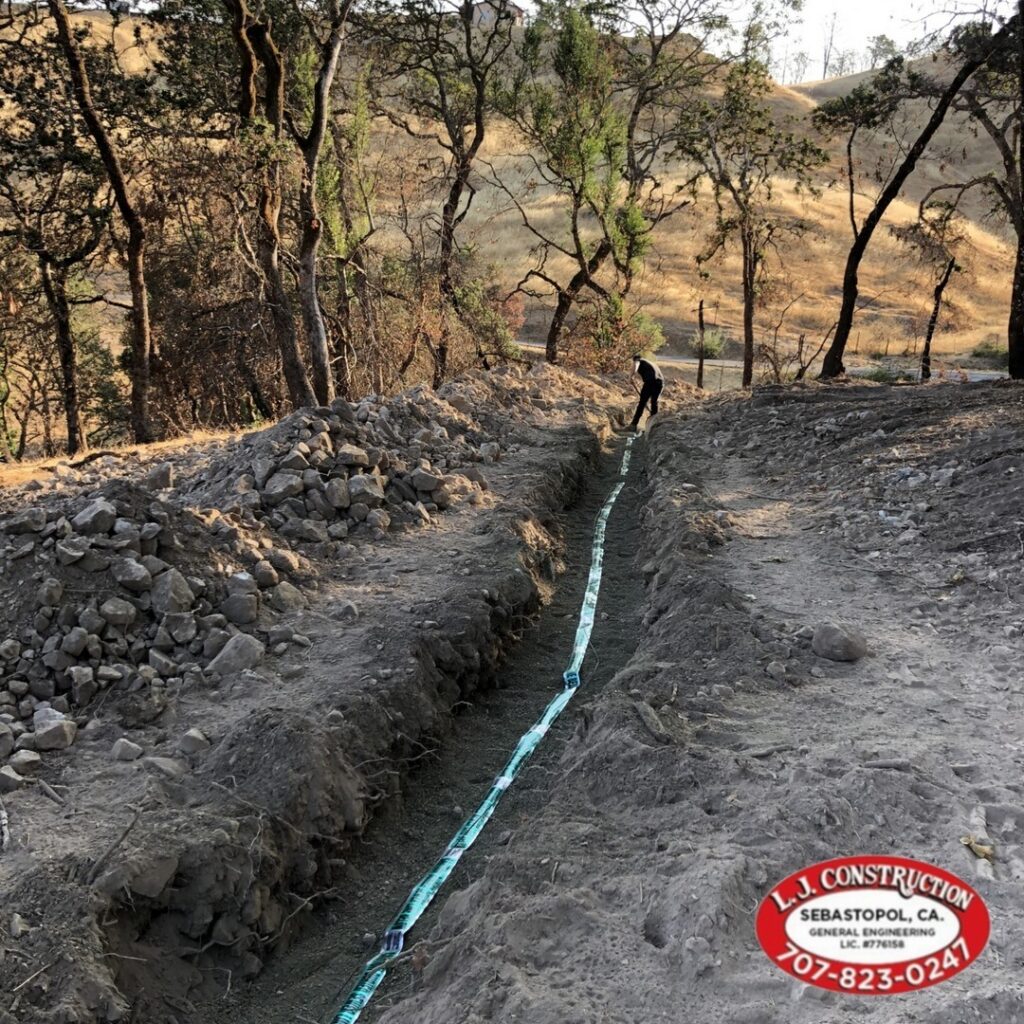Are you wondering if your septic system needs pretreatment? At L.J. Construction, we recognize that a well-maintained septic system is vital for your property’s health and functionality.
Septic tank pretreatment can be an essential step, especially if your system frequently faces issues like blockages or odors. This process involves breaking down solids more effectively, reducing the strain on your septic tank, and enhancing its overall performance.
In this blog post, we’ll explore the signs that indicate you might need pretreatment, what pretreament is and the benefits it offers.
If you’re looking for septic installation near me in Sebastopol then look no further than L.J. Construction. We specialize in providing top-quality septic system installations tailored to meet your specific needs. But first, let’s determine if septic tank pretreatment is the right solution for your home or business.
When is Septic Tank Pretreatment Needed?
If you want to enhance the effectiveness of the wastewater treatment process or local authorities require that you make the necessary arrangements to ensure that effluent is treated thoroughly before it enters the environment, consider septic tank pretreatment a necessity.
Septic tank pretreatment may also be necessary if:
- You live in an area close to a water body such as a lake, river, or coastal area
- You live in an area with a high groundwater table. In regions with high groundwater tables, pretreatment can protect groundwater sources from contamination
- Your leach field is too small (pretreatment can help reduce the space needed for effective wastewater treatment)
- You live in an area with poor soil. Pretreatment can help increase the efficiency of the treatment process by breaking down solids and organic matter before they reach the leach field
If you live in Sonoma County, then you likely need a pre-treatment system. Read this blog to learn more “Why is a Pretreatment Septic Tank Important in Sonoma County?”
Steps in the pretreatment process
Wastewater collection
Household wastewater flows into the septic tank
Settling and separation
Once wastewater enters the septic tank, it is divided into three layers-solids or sludge settles at the bottom of your septic tank, grease and fats or scum float to the top, and liquid or effluent remains in the middle
Anaerobic digestion
Bacteria break down solids at the bottom of the tank in the absence of oxygen. The process helps reduce the volume of solids. Methane and carbon dioxide are common by-products of anaerobic digestion
Storage of solids
The sludge remains at the bottom of the tank, and needs to be periodically pumped out and properly disposed of or treated further
Effluent discharge
The relatively clear liquid layer in the middle flows out of the tank or into a drainage field, also known as a leach field or septic drain field. Further biological treatment occurs in the soil
Soil filtration
As the effluent moves through the soil, bacteria further treat wastewater before it eventually flows into groundwater systems
Benefits of Septic Tank Pretreatment
Pretreatment helps break down solids before household wastewater enters your septic tank, ensuring your septic tank need not work harder to process waste. By removing more contaminants and reducing the load on the drain field, pretreatment can extend its lifespan. A healthier drain field keeps your septic tank working at its optimal efficiency.
A pretreatment system can lead to long-term savings by minimizing the need for septic system maintenance and reducing the frequency of pumping.
L.J. Construction specializes in pretreatment installation and septic tank installation. As well as Septic Maintenance and Septic Pumping. Our septic tank specialists know all there is to know about septic tanks and have years of experience installing and servicing different types of septic tanks. To learn more, call us at (707) 823-0247.
President / Owner, L J Construction
LJ Construction is a family owned and operated business that was founded in 1966. We provide full-service septic tank repair, installation and maintenance. With years of experience in commercial and residential projects, our goal is to find a solution to all of your system issues. We adhere to the highest industry standards.
Our reputation is built on our name and we are proud to say LJ Construction offers more than integrity alone, we offer effective results. LJ Construction is licensed and insured and we look forward to serving you!

